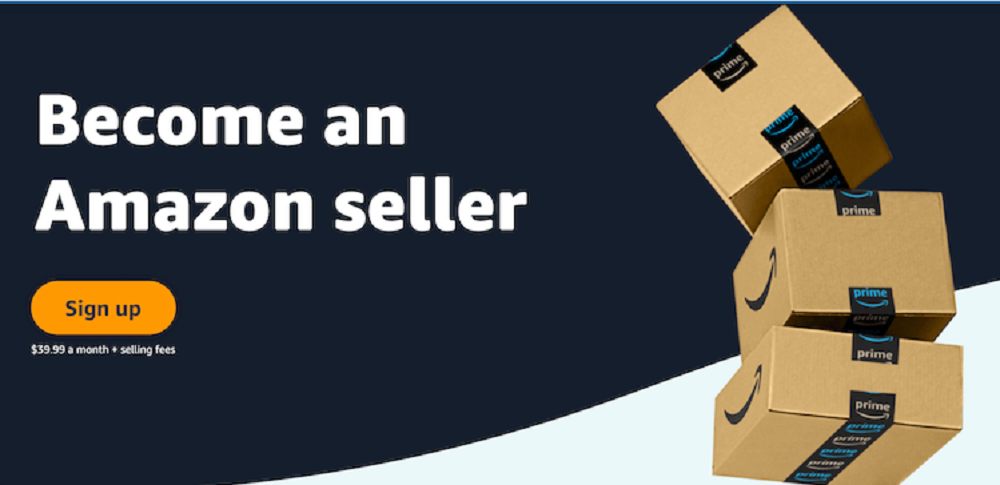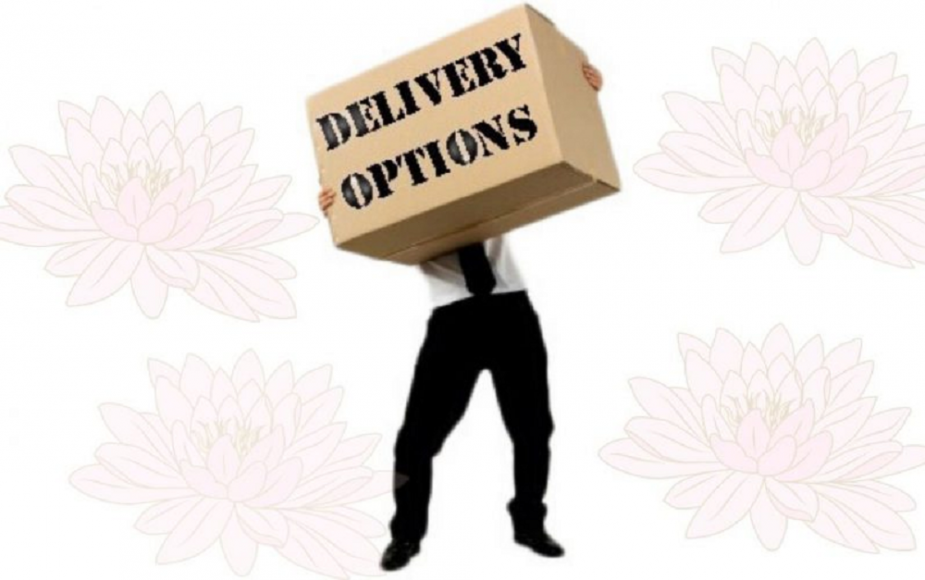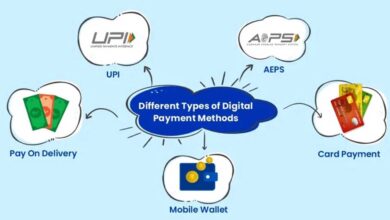Amazon is the undisputed number 1 in e-commerce. This not only attracts buyers but also sellers. After all, most consumers are the first point of contact when they are looking for products. Dealers benefit from the enormous range of the largest sales platform in the world via the Amazon Marketplace. In this article, you will find out what you have to consider if you want to become a top seller on Amazon.
Some are already working in online trade, while others attract the view of numerous customers and lush sales. Amazon attracts many dealers, precisely because the giant offers so much potential. But a sure-fire success has never been to Amazon. The more sellers frolic here, the more difficult it is to build up a lucrative business. However, if you take out a few points, you will quickly record the first successes.
This is how Amazon really works
First of all, it is crucial to understand what Amazon is and how the platform works. Amazon clearly sells products itself, but primarily it is a marketplace and a search engine. If you are looking for something on Amazon, you only get the products that are traded on the marketplace, but Amazon is very successful.
When it comes to products, there are already more search queries at Amazon than on Google – Amazon is the product search engine No. 1. This is therefore so important (and annoying for Google) because it is about hard, quickly realizable sales. . If you are already looking for a product, you will most likely become a paying customer.
Understanding Amazon as a product search engine is important because it makes your tasks clear to you. Analogous to the website, the following applies: It is not enough to set products to Amazon and hope that they will sell themselves.
As in the Google Index, numerous dealers with millions of products compete for the best places in the search results at Amazon. Search engine marketing in the form of Amazon SEO and Amazon PPC is therefore just as important here as on Google. So it is not only enough to be a dealer, you also have to bring the necessary marketing knowledge or get support, for example from an Amazon PPC agency.
But let’s start over. With the following five steps, you manage to establish a profitable business as an Amazon Seller.
Step 1: Create an Amazon seller account
To be able to sell something on Amazon, you first have to register for Amazon Seller Central. The Seller Central is, so to speak, the control center for Amazon Seller. You will find all the functions that are important for a seller on Amazon:
- Management of the seller account
- Creation of products
- Creation and processing of listings
- Maintenance of goods
- Management of sales and payments
- Tools to Increase Seller Performance
- Reporting
- Contact the seller’s service
When registering, you have to choose an account model. There are two accounts to choose from. The basic account has no basic fee, but EUR 0.99 plus the percentage sales fee must be paid per item sold. The professional seller account costs 39 euros per month. In addition, the percentage sales fee is due for each article sold. The professional account is therefore useful for all sellers that sell more than 40 items per month. Not least because this offers more optimization options regarding Amazon SEO.
Tip:
The basic account is particularly suitable for a first sniff and familiarity with Seller Central. If you want to earn money seriously with Amazon, you will surely quickly switch to a professional seller account. This has the advantage that it can be easily connected to many third-party systems such as ERP systems.
Read Also: Mobile Payments: The Future of Cashless Transactions
Step 2: Select the delivery option (FBM vs. FBA)
All Amazon retailers have the choice of operating their logistics themselves or putting them in the hands of Amazon. If you want to take care of the shipping of your orders, you are responsible for the logistics. This model is referred to as fulfillment by Merchant (FBM).
The alternative is called Fulfillment by Amazon (FBA) and is used to use the infrastructure of the e-commerce giant. Amazon operates around 175 logistics centers worldwide with 14 million square meters of storage space. As an FBA partner, you deliver your inventory to Amazon and, in the best case, do not have to operate your own warehouse. Amazon takes care of the entire process after receipt of an order. In addition to billing and shipping, this also includes complaint and return management.
Even if you decide to independently send your products, you can benefit from Amazon’s network of transport service providers and buy so-called shipping fees. This means that you usually send your packages to cheaper conditions that Amazon negotiated with various logistics. But that is not a duty.
In addition to the option of a largely automated Amazon business with little effort, Prime shipping is the greatest advantage of FBA. Because Amazon has the logistics in its own hands, FBA articles are marked as Prime. The articles with the small Prime logo sell much better because many Prime customers are looking for the products or even filters afterward. After all, you get prime items faster and free of charge. The Amazon algorithm also prefers prime products, so that they are better ranked in the search results.
Good to know!
With Amazon Prime by Seller, there is also the possibility to use the Prime logo when shipping from your own warehouse. However, strict prerequisites for sales status and performance are linked to this. In addition, the conditions of Amazon must be sent. Prime by the seller is therefore particularly suitable for large, professional dealers who have an appropriate infrastructure.
If you don’t run your own online shop anyway and maybe sell it in other marketplaces, fulfillment by Amazon should be obvious for you. It is also possible to commission an independent fulfillment provider, but in the rarest of cases, it can barely keep up with the good conditions from Amazon.
With Amazon FBA you not only save yourself a lot of time that you can specifically put into your core competencies such as product development but also benefit from the high level of acceptance of prime membership. Here are some examples.
- Amazon Prime members convert 74 percent, while visitors only buy an article in 13 percent of cases without Prime.
- At the same time, Prime members spend an average on Amazon on average: $ 1,400 instead of $ 600 per year.
- Due to the good performance of the FBA retailers, Prime products occupy the Buy Box rather than the products of the FBM retailers. 82 percent of product sales take place via the Buy Box, the number is even higher on mobile devices.
If you choose FBA, you store essential, time -consuming and expensive processes: storage, shipping, complaint management, and customer service. Amazon can be paid for with two fees:
- Shipping fees are charged per unit sold depending on the size and severity of the shipment
- Storage fees for stocks, a proportionate calculation based on the size of the inventory, which is kept by Amazon
Step 3: Create a product listing
In order to sell something, you have to create a product listing in Seller Central. The prerequisite for this is a global article number (GTIN). For books, the example is the ISBN, and the EAN for other physical goods. With this eighty number, every product can be clearly identified.
In principle, there are two ways to create a listing on Amazon:
- You sell a product that is already sold by other dealers on Amazon. In this case, you use the existing listing and do not need a global article number because it already has one.
- You want to sell a product that has not yet been sold at Amazon. Then you need a GTIN with which you can create your own listing.
So you get an EAN
One of the big questions from Amazon beginners is where they get a real EAN. You can easily order them online from currently 35 euros per EAN.
With product listing, you create everything that customers see later on the product detail page – and a lot more! Specifically, it is the following information:
- Stock Keeping Unit (SKU for short)
- Product Title
- Product attributes (Bullet Points)
- Product Description
- pictures
- Search terms
- Related keywords
If you sell a new product on Amazon, then you have a great chance to design your listing from scratch. If you attach an existing listing because you sell what is already offered by others on Amazon, then you have to live with what is already there. Anyone who has the trademark rights of an article always has the so-called writing law on the listing.
When creating the listing, you have to consider two aspects:
1. Keywords
In order for your product to be found, you have to accommodate the search terms that potential customers use in the most important places of listing. Above all, this includes the title, the Bullet Points, and the product description. Amazon itself has announced that the prioritization of the fields was lifted so that you should pay the same amount of attention to everyone.
2. Sales psychology
Your product not only has to be found, but ultimately it has to convince the viewer so that it puts it in the shopping cart and ordered it. The more you take the customer’s perspective and the better you can respond to customer needs in the listing, the more likely the purchase becomes. Last but not least, the pictures play a major role here. For many buyers, product photos are the decisive reason for buying.
Step 4: operate marketing
Congratulations, your product is listed on Amazon and can be found and bought in principle. But as mentioned at the beginning, you will start as a new seller at zero. Your product is most likely shown in the last places in the search and in the categories.
That is why it is important to take active marketing measures at the beginning. Because Amazon offers Sellern a very well-known, well-functioning sales platform and also takes care of logistics as part of FBA, but marketing is part of the area of the seller.
The easiest and often the most cost-efficient are the marketing measures that Amazon offers directly on the platform. There are a number of advertising formats. Most of them work on a pay-per-click basis, which is why one also speaks of PPC campaigns. In order to realize really efficient advertising campaigns, some know-how and experience are required. If you don’t want to commission a PPC agency for Amazon, you should at least visit a good workshop. Because similar to Google and Social Media Ads, Amazon Advertising can quickly sink high sums.
Read Also: Tips to Make Your Business More Competitive
Step 5: Optimize seller performance
Your behavior as a seller has a great influence on your visibility at Amazon. The more satisfied your customers are, the better your products are listed. And the more sales you generate. The seller’s performance is determined, among other things, by the following factors:
- Click rate
- Length of stay
- Conversion rate
- Product price
- Shipping
- delivery time
- Sales rank
- Reviews (number and overall rating)
- Seller reviews
- Reaction speed on customer questions and customer concerns
- Return rate
Try to optimize every single point as much as possible. Because regardless of the ranking of your products, satisfied customers become much more frequent.
Conclusion: Amazon offers great opportunities
A sure-fire success has never been to Amazon. And the platform is also not suitable for a passive income. But for everyone who does not shy away from the effort and the competition, Amazon offers more potential than ever. The rules are strict, but the advertising options that Amazon offers its dealers enable a well-scalable business. Provided you know which products your target group really desires and how you make customers happy with perfect service.









